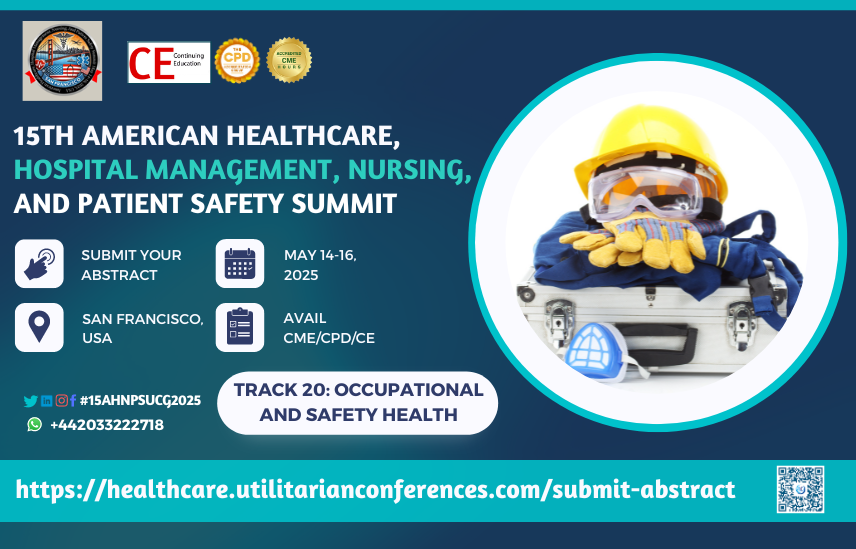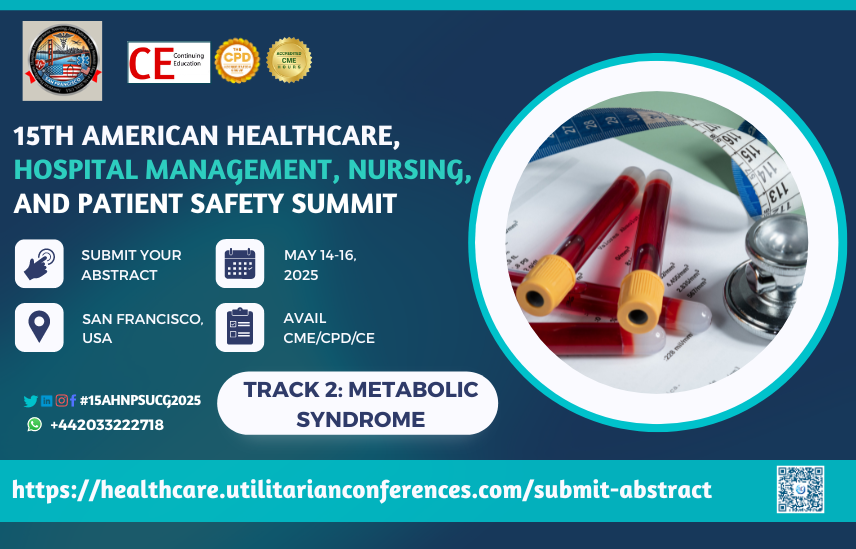



Sub Topics: Healthcare, Ambulatory, Burn care, Camp or school, Diabetes care,...

Metabolic Syndrome is a cluster of conditions that occur together, increasing the risk...

Patient Safety Solutions are practical, evidence-based interventions designed to address specific safety risks in healthcare settings. Their primary goal is to prevent harm to patients by reducing the occurrence of medical errors, adverse events, and unsafe practices. These solutions can be implemented at various levels of healthcare, from individual providers to entire systems, and often involve changes to processes, behaviors, and environments.
1. Evidence-Based: These solutions are grounded in research and data, demonstrating their effectiveness in reducing specific risks.
2. Standardized Protocols: Many patient safety solutions involve the creation of standardized procedures that healthcare professionals must follow, such as checklists or guidelines.
3. System-Wide Implementation: Solutions are often designed to be scalable and applicable across different healthcare settings, from small clinics to large hospitals.
4. Focus Areas: Common areas targeted by patient safety solutions include medication safety, infection control, surgical safety, and effective communication among healthcare providers.
5. Continuous Improvement: Patient safety solutions are regularly evaluated and updated based on new evidence, technological advancements, and feedback from healthcare providers.
Patient Safety Tools:
The Agency for Healthcare Research and Quality (AHRQ) provides resources for patients, policymakers, healthcare organizations, and practitioners to enhance patient safety in healthcare settings. Both online and printed versions of the free tools and resources described here are accessible.
Patient safety tools and solutions are critically important in healthcare settings to prevent errors, reduce risks, and enhance the overall safety of patients. The implementation of these tools contributes to a culture of safety, fosters improved healthcare outcomes, and instills confidence in patients and their families. Here are key reasons why patient safety tools and solutions are crucial:
Types of Patient Safety Tools:
Importance of Patient Safety Tools:
Tools and Solutions for Patient Safety Offer Benefits
It makes an effort to avoid and lessen risks, errors, and patient harm while providing healthcare. One of the tenets of the discipline is continuous progress based on learning from errors and unfavorable situations. Patient safety must be prioritized if high-quality, essential healthcare services are to be provided.
Patient safety initiatives reduce illnesses or injuries that could be avoided. Patient infections, such as pneumonia or surgical site infections, may be less common in medical settings with stringent sanitation and sanitization regulations.